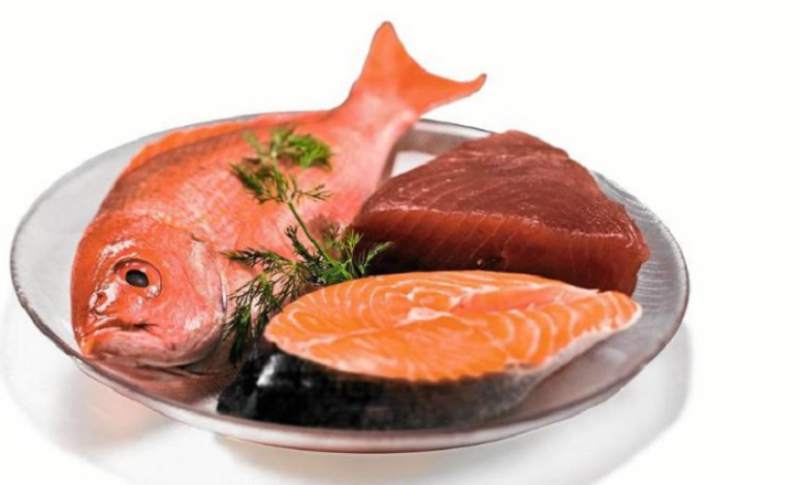Pollution, plastic, destruction of marine ecosystems … There are fewer and fewer wild fish. «To put it clearly: We are running out of fish. The trend is getting worse every year, “says Daniel Pauly. He is a professor at the Institute of Oceans at the University of British Columbia. What alternatives are there? One of the most controversial: synthetic stem cell fish.
David Shenson is President of Sterling Caviar in California (United States). They sturgeon to get caviar. The caviar market is expected to grow by 10% by 2025. Sturgeon is one of the most overfished fish in the last century. Its presence in large rivers has been reduced by 70%.
Marine farms such as that of Sterling Caviar help reduce the pressure on the wild fish population. Thanks to biotechnology, a new path is emerging. Development of fish meat in a laboratory. Some companies extract stem cells from fish to reproduce as edible meat.
Stem cells are a type of cell found in embryos or adult creatures. They can develop as specialized cells and grow like muscle cells. They are the ones who make up most of the meat of the fish consumed. Imagine it as 3D printing. We print 3D fish, “explains Michael Selden. He is the managing director and co-founder of Finless Foods, one of these laboratories.
The fake fish from your company is offered as minced fish. Skin, bones and blood cannot replicate yet. You still need to get permission from the authorities. Your fish may not be on the market for two to three years.
Wild Type is another company based in San Francisco. It focuses on Pacific salmon. Producing fish in a laboratory sounds expensive to both the grower and the consumer. Justin Kolbeck, CEO of this company, hopes to eventually get a reasonable price.

“We hope to be able to lower the price of our salmon. It could be lower than conventionally farmed salmon,” he says.
Artificial shellfish
Shiok Meats is in Singapore. It focuses on laboratory-grown crustaceans such as shrimp. Create fish bred in the laboratory. They take stem cells from a real shrimp and grow them in large numbers in tanks. They keep pressure and temperature constant and bathe the cells with gases and a nutrient-rich liquid. The meat is ready after a few weeks.
“It is meat that is obtained without sacrifice,” says Sandhya Sriram. She is the managing director and co-founder of Shiok Meats. The company plans to launch its product in Singapore and East Asia in 2021.
Cell-based meat has a lower carbon footprint than traditional protein sources. But they use “a lot” of electricity, says Simon Somogyi, a professor at the University of Guelph in Ontario, Canada.
Still, Somogyi believes that laboratory-grown fish is more promising than farmed beef.
“Fish has a better future than red meat. Much of the fin fish is converted to minced meat. It is found in foods like fish fingers and fish cakes. Synthetic stem cell fish fit this category perfectly,” he says.
Hopefully the options the future offers us will improve the customer experience. And that the fish … still has a fishy taste.

